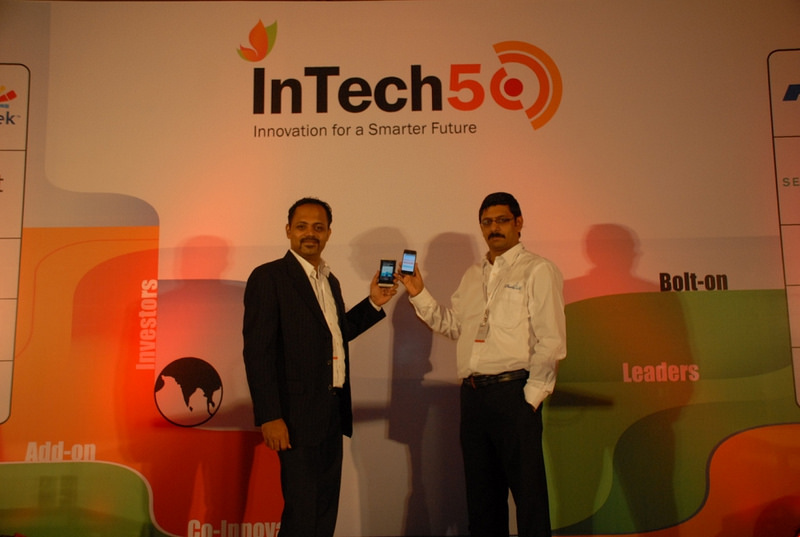Over the past few years, there has been a lot of investment activity in the B2B Technology product space. One can broadly classify B2B Tech into two categories based on the size of the end clients, and the delivery model (on-premise or Cloud).
| End Customer | Mid-Large Enterprises | SMEs |
| Typical Delivery Model | On Premise | SaaS |
Most of the recent investment activity in the B2B Tech space has primarily been in “SaaS”. This is because SaaS products are relatively easier to scale globally as against Enterprise Software products. Some of the drivers for this are as follows:
| Enterprise Software | SaaS | |
| New Customer Acquisition | (High Cost) Sales Team Driven | Digital Marketing (backed by Inside Sales) |
| Sales Cycles | 3 months – 9 months | 2 weeks – 1 month |
| Enterprise “Buyer” | Multiple business heads & CIO, CEO / Board | Single Business Head (directly impacted) |
| Integrations & Customizations | Needs “Services” | Primarily DIY |
| Recurring Revenue % | Low – Typically just the AMC (10%-20%) (not counting the “upselling”) | High – Periodic subscription based |
That being said, we see a huge opportunity for Indian Enterprise Software product companies. The “edge” such companies have over typical SaaS companies are as follows:
- Only a handful of global players are fighting it out for the larger clients. For example, in case of Enterprise CRM, the primary competition is from Oracle Siebel, Microsoft Dynamics, Salesforce (for large enterprises that are comfortable with SaaS), and SAP. In case of Contact Center Software, it is from Avaya, Cisco, Aspect & Genesys. In contrast, for most SaaS products, the vendor market is quite cluttered since the barriers to entry (and exit) are much lesser for SaaS products.
- Incumbents in Enterprise Software are large (and relatively slow moving) firms with “legacy” products. Large enterprises have seen lesser innovation as compared to SMEs – immense opportunity to be nimble-footed and have a more contemporary product platform for the younger product companies in this space.
- Enterprise Software platforms are typically more comprehensive and feature-rich, whereas SaaS offerings are relatively more of “point” solutions.
- As a result, an Enterprise Software vendor has greater opportunities to expand and penetrate into adjacent add-on offerings, with great ease.
- Higher customer stability – typically much lesser churn, since the integrations and customizations are an ‘investment’ and provide stickiness to the vendor.
- India is a great place to start. Getting large Indian enterprises as customers and then expanding overseas (to other developing regions like South East Asia, Middle East and Africa) is a trend we keep seeing.
- While in developed markets, even large enterprises have adopted the Cloud infrastructure and software as integral to their businesses; in India the mid-to-large enterprises are still in the early-cycle of Cloud adoption.
So if you are an Enterprise Software company, and are looking to raise funding, what are some key aspects from a VC fund raising perspective? Here are a few that we at Zanskar Advisors have learnt from our past engagements:
- Revenue Scale already achieved: The bars seem to be higher for Enterprise Software companies as compared to SaaS. For e.g. an Enterprise Software firm would need to have approximately $ 5 mm of revenue to attract similar amount of funding (for similar dilution) as a SaaS product firm can attract with say $ 2 mm (that too on an annualized run-rate basis).
- Established Partnerships (especially for overseas customer acquisition / servicing): As the “expansion” would be primarily coming from overseas, some instances of selling to overseas customers (preferably through channel partners – as direct sales are less scalable) will help.
- Instances of displacing established incumbents (large product companies) at key accounts (for reasons other than just the cost).
- Revenue Trends
- % of Product Revenue (License + AMC) as against Services revenue (upward trend is favorable)
- % Revenue from top x (say 5) clients (downward trend is favorable)
- % Revenue through Partners (upward trend is favorable)
- Average Revenue per Customer (an indicator of “upselling” – could be in terms of no. of users or no. of modules – upward trend is favorable)
- Global Recognition (from the likes of Gartner, Forrester etc.) is a plus
We strongly believe that a new wave of Enterprise Software product companies from India is going to take on the world – in line with the thesis of “Make in India” (and sell globally).


